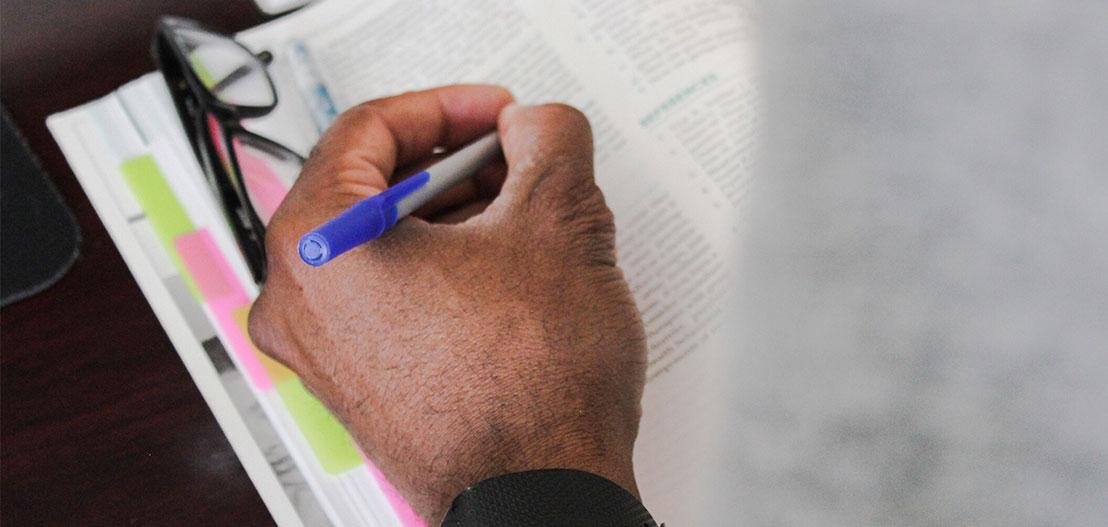Many of your students might be facing external challenges that make it more difficult for them to complete their schooling. Learn how you can help them face those issues and finish school.
Today I am going talk to you about five techniques that can help you improve your completion rates.
Now, before you can begin to improve your completion and retention rates, you need to make sure you have a solid understanding of why students drop out in the first place.
There are many reasons that affect a student’s ability to complete their coursework but the most common reasons include:
- Having a job outside of school
- Facing financial strain and rising tuition costs
- Lacking peer, family and/or institutional support
- And finally, if they are facing other difficult life circumstances
It’s very difficult to know what outside factors are affecting your students. But there are a number of things you can do to ensure that you are putting them in the best possible position to succeed and finish their schooling despite any outside difficulties they might be dealing with.
First, retention begins with student satisfaction. Starting from day one, find out what your students expect from their education. Then—throughout their academic career—keep asking them if those expectations are being met. You can easily do this by conducting regular student opinion surveys. If you are meeting their expectations—great! If not, you will be able to identify any issues and address them before you lose the student. This also helps your students feel connected to your institution, and it shows them that you truly do have their best interests in mind.
Second, place them into programs where they have the cognitive skills to be successful. If you place them into programs that are too difficult, they are more likely to give up. On the other hand, if the program they are in is too easy they might feel like they are wasting their time. Assess their cognitive ability and place them accordingly.
Third, as I mentioned before, there are many outside factors that affect a student’s ability to complete school. Identify these risk factors and create programs and services to help. Some ideas for you include: making daycare available on campus, ensuring financial aid counselors are readily available to assist with questions and funding, offering transportation services or subsidizing a part of their public transportation costs, or offering online or evening courses. This leads to my fourth point…
Which is… create a mentoring program. If a student has an advisor at the school who is invested in their success, they are more likely to thrive than if they are doing it alone. Encourage mentors to make themselves available to lead, guide and engage students in their learning.
Finally, train all departments and staff in ways to increase student interaction. A few ideas on how you can do this include creating new student orientation programs, sponsoring fun events, keeping them updated on networking events, and bringing in speakers who can motivate your students to continue.





